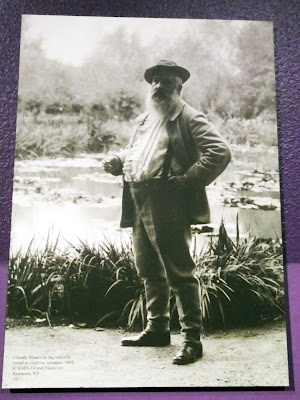How to mask paint with rubber cement (cheaper alternative to watercolor masking fluid) and acrylic
If you like a step by step, at your own pace tutorial:
I’m using again a kraft cardboard as my canvas.
First, I lightly draw the elements using a white charcoal. It’s easier to erase and see the outlines with white lines over the kraft paper.
The elements or shapes should be simple with less details.
Don’t be afraid to make mistakes. You’ll create accidental textures which is great.
Using a fine brush, dip it in just the right amount of rubber cement.
Close the lid immediately after dipping so it won't dry out easily.
Brush the rubber cement to fill the elements you want to mask.
Try to paint as fast as you can because the rubber cement dries fast and becomes too sticky.
You don't have to be perfect.
If the paint has dried, you can wipe the brush with tissue or wet cloth to remove the sticky residue.
Close the lid of the rubber cement as much as you can so it won't dry and stay spreadable. Yeah, like a jam!
I'm using a brush for acrylic, it's firm yet kind of soft while painting with rubber cement.
You can control the acrylic brush once the rubber cement becomes gluey.
You can add in and paint additional details, just remember where are those located. So you'll know where to remove the mask later.
Random shapes or patterns really works best so you don't have to be ultramegaboom detailed with it.
Besides, rubber cement is good for random patterns and textures.
Rubber cement is not good for detailed paintings or illustrations, ohkay.
Rubber cement is good for creating lots of yummy textures in your paintings or illustrations.
The one you are painting with rubber cement is the one you don't want to paint over with, or "masking"
Masking works great when you want your canvas or paper as foreground.
You can paint the masked part later, but the effect of masking won't be noticeable.
After the rubber cement has thoroughly dried, you can then paint it over with as usual.
I'm using acrylic here, making note of the masked edges.
Once your paint has dried, the fun part begins!
Now you can erase the rubber cement with rubber eraser.
Be gentle when erasing, especially if you painted with acrylic and the paint is very thick.
I tried different kinds of rubber eraser such as kneaded and red pencil eraser, but the white firm ones work best.
I had a hard time erasing because the acrylic paint was thick, I had to scrape and help some to get it out.
Clean gently the leftovers with a dry brush.
If you use watercolor, it will probably be easier to erase the rubber cement mask.
I'm done with the masking part so I've added details for this picture book illustration.
I love painting white glass houses!
Adding some more details with disguising water lilies!
DONE! Enjoy! I hope you like this video!
Check out my shop at stbiii0.redbubble.com too!
Check my other videos in my channel
If you like this tutorial, please leave a comment!
Plus, shop some popular highly recommended goodies here






































